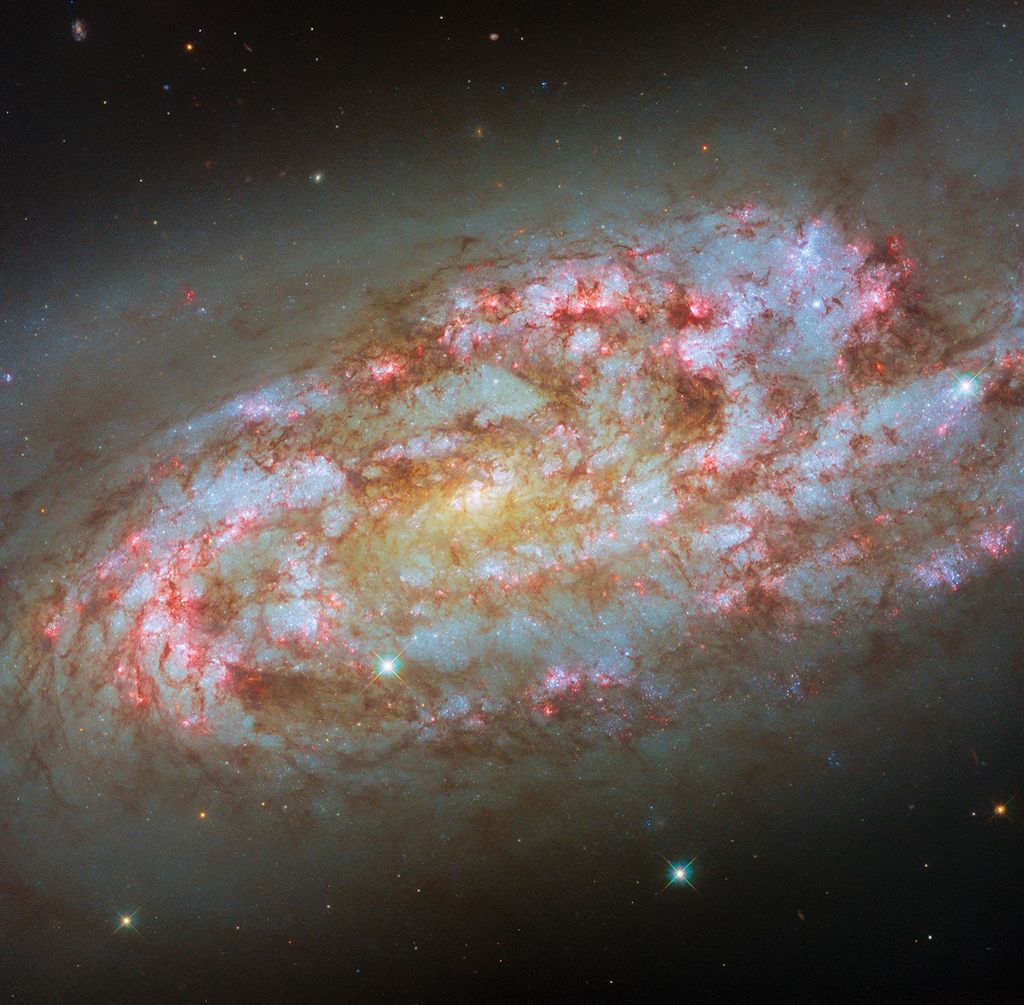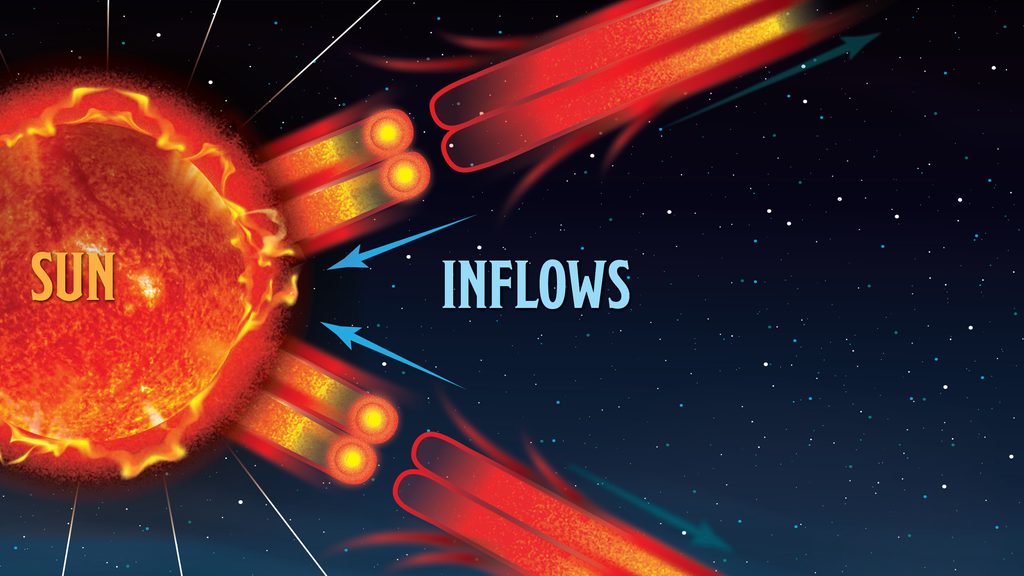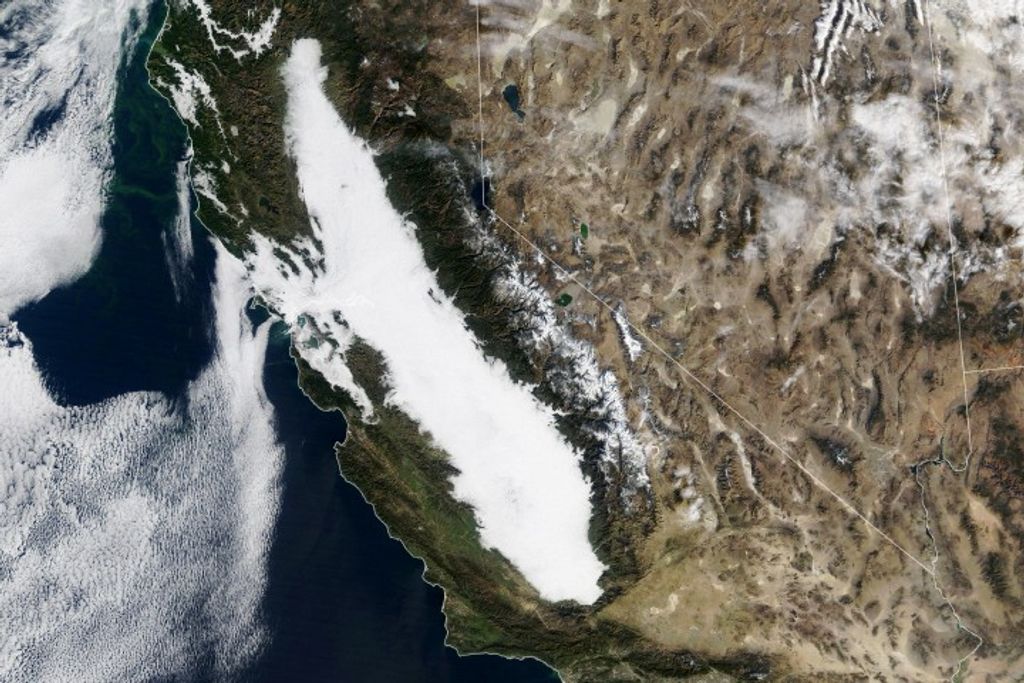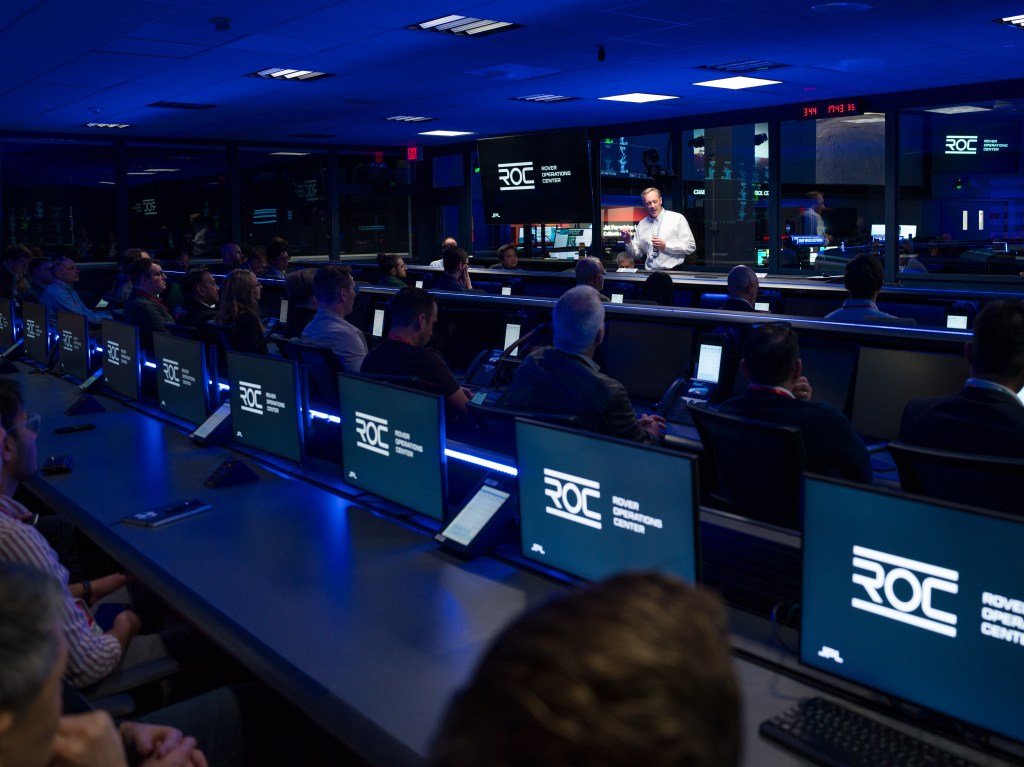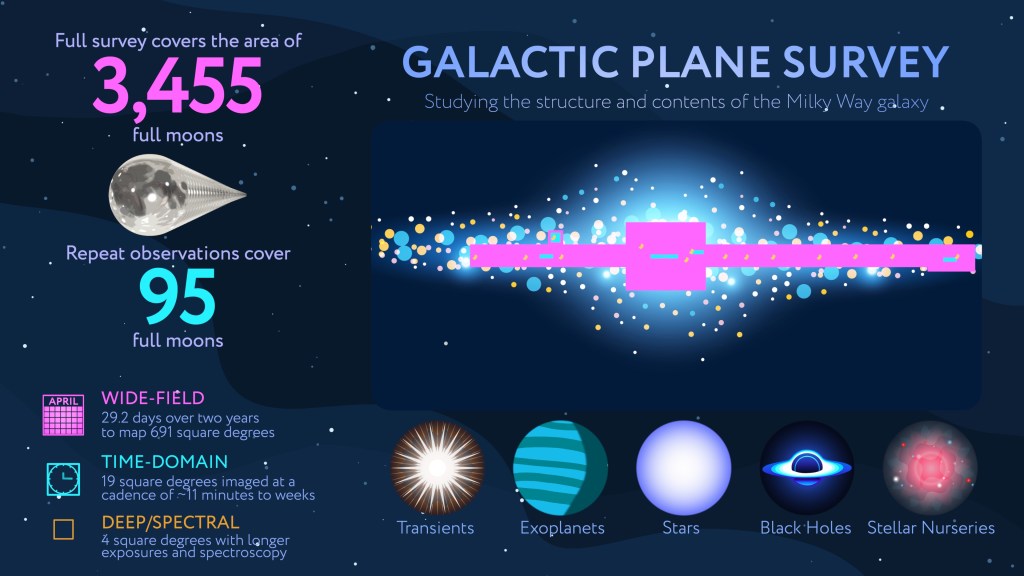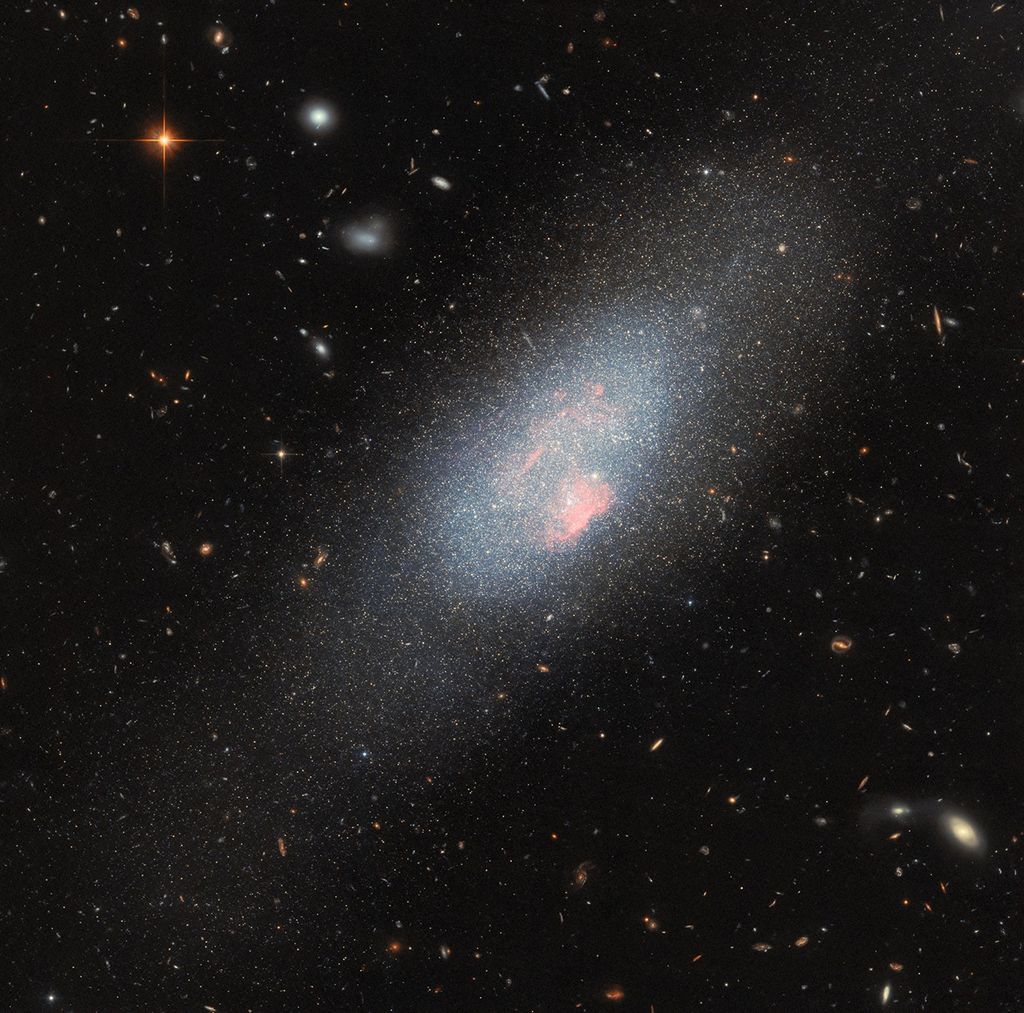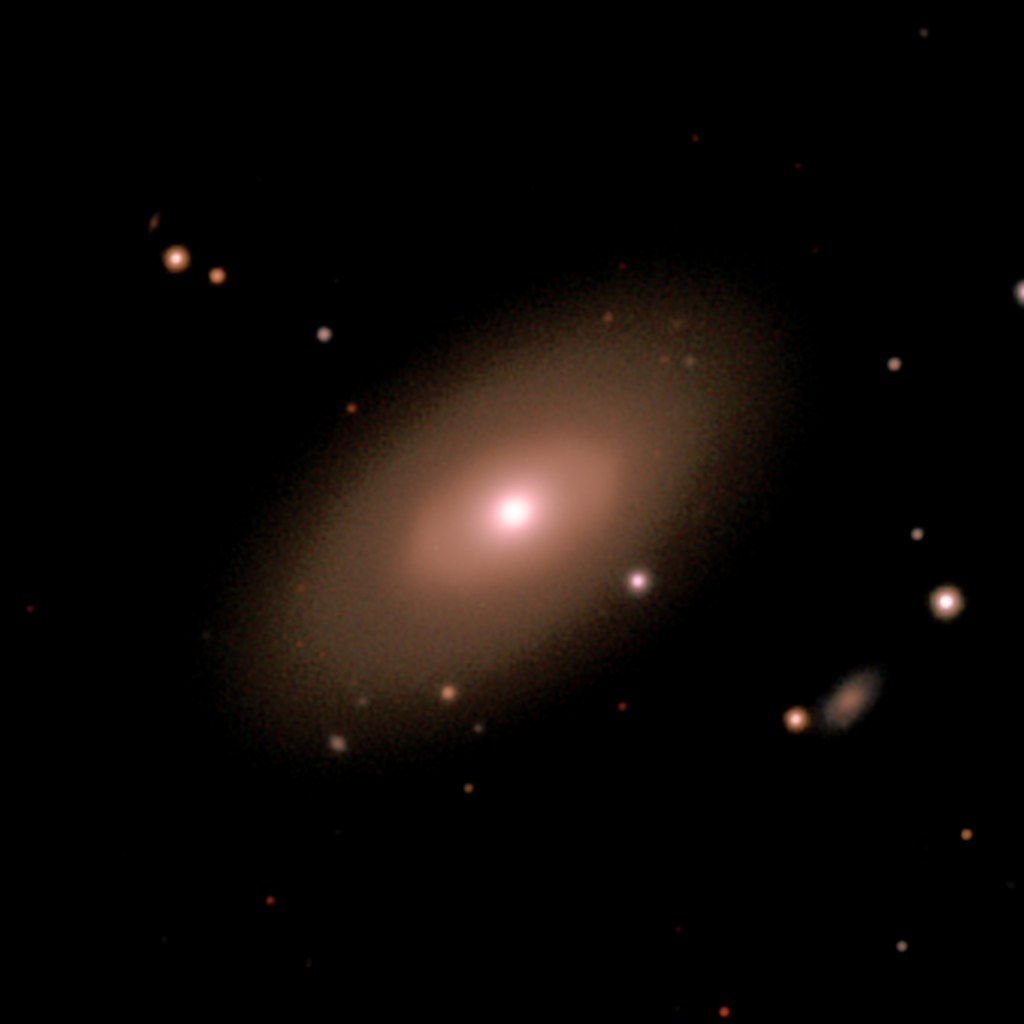IR STIG Seminar
Infrared Science and Technology Interest Group
Location
Virtual
Dates
1 December 2025
3:00pm ET
Community
IR STIG
Type
Seminar
We will have two presentations this month from Ben Mazin (University of California Santa Barbara) and Lindsey Wiser (Johns Hopkins Applied Physics Laboratory). Dr. Mazin will share MKID development progress and Dr. Wiser will discuss the study of exoplanet atmospheres through transit spectroscopy. Titles and abstracts below.
As a reminder, if you or someone who works with you is not on the IRSTIG mailing list, please sign up here! This is the primary method we have to share news of our upcoming events and community announcements. Please feel free to forward on this message to your colleagues and students.
Microwave Kinetic Inductance Detectors for Future NASA UVOIR Missions
Speaker
Benjamin A. Mazin (University of California Santa Barbara)
Abstract
UV, Optical, and near-IR Microwave Kinetic Inductance Detectors, or MKIDs, are superconducting detectors that can tell you the energy and arrival time of each individual photon without false counts. In this talk I will discuss the recent progress my group has made on improving MKID spectral resolution to R>30 and fielding them at some of the largest telescopes in the world. I will also discuss our efforts to ready the technology for future NASA missions like HWO.
Exoplanet Compositions, Climates, and Formation Histories from Hubble to Webb
Speaker
Lindsey Wiser (Johns Hopkins University, Applied Physics Laboratory)
Abstract
Over the past three decades, exoplanet science has progressed from the first planet detections to detailed atmospheric characterization and population-level studies. In this talk, I will explore how the James Webb Space Telescope (JWST) is transforming our understanding of transiting exoplanet atmospheres, building on a foundation laid by the Hubble and Spitzer Space Telescopes. I will briefly describe how we compare observations to atmosphere models to infer atmosphere compositions, and present examples of results pre- and post-JWST. I will highlight how these measurements inform our understanding of exoplanet climates and formation histories, including a case study of the gas giant WASP-80 b.
Seminar Connection
News Straight to Your Inbox
Subscribe to your community email news list
We will never share your email address.





